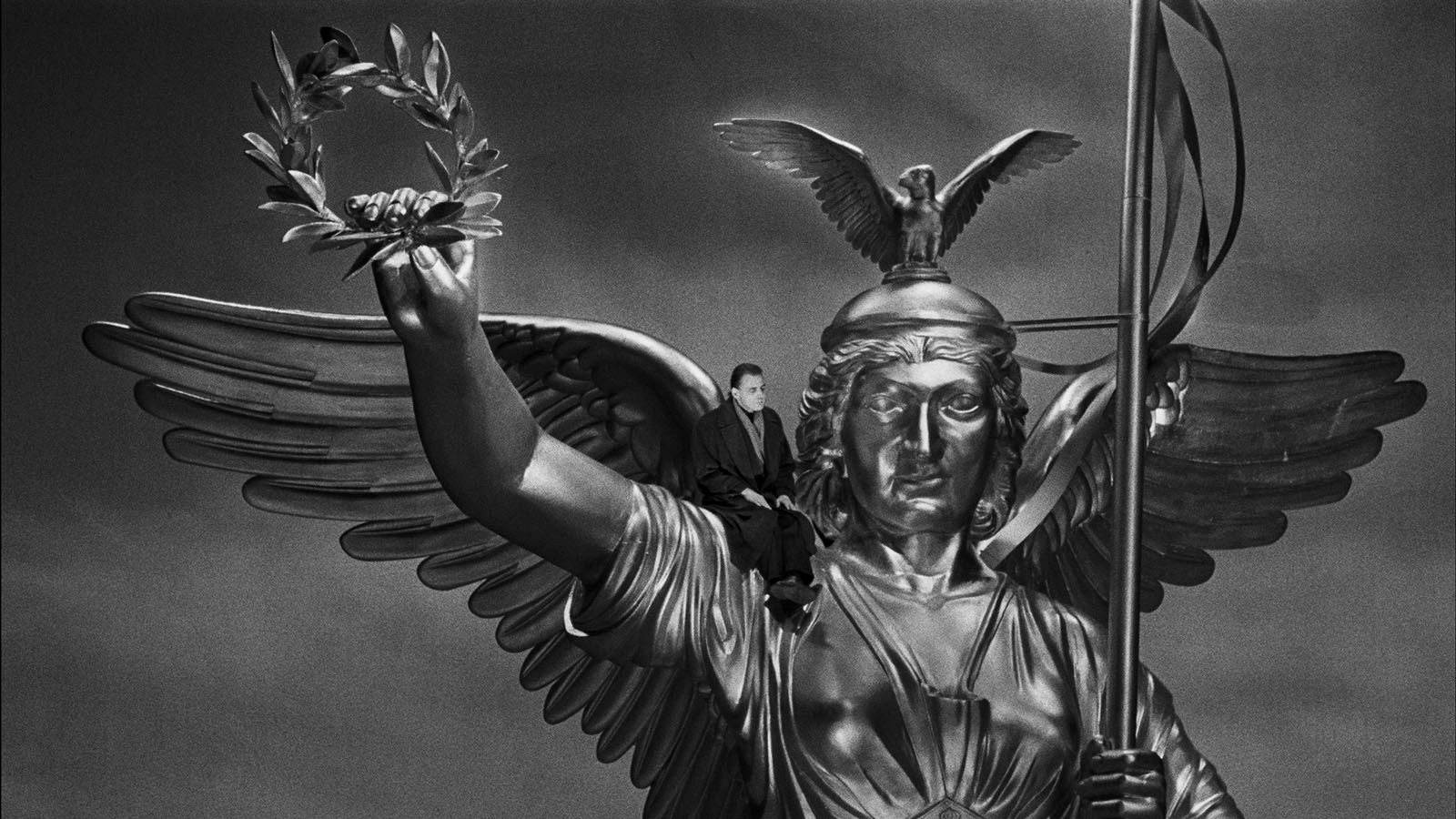Past and Present Histories

It’s been a pretty sensational week for news of upcoming projects from major directors. Martin Scorsese will team up with Leonardo DiCaprio for the sixth time, for a film based on David Grann’s nonfiction thriller, Killers of the Flower Moon: The Osage Murders and the Birth of the FBI. George Miller has finally settled on a project to follow 2015’s Mad Max: Fury Road, though not much is known yet about the screenplay he’s written, Three Thousand Years of Longing. Richard Linklater will write and direct a biopic based on the life of comedian Bill Hicks, and Jean-Marc Vallée is planning a film about John Lennon and Yoko Ono. Guillermo del Toro will finally realize a dream project, a stop-motion animated version of Pinocchio. And Terrence Malick is working on a VR project featuring new music from Jonny Greenwood and the Wu-Tang Clan that will allow us to “experience the human condition from birth until death.”
Here are five of the top reads of the past seven days:
- Two new articles shed light on films that Wim Wenders made in the late 1980s. As part of “The Essay Film and the City,” a roundtable hosted by the journal Mediapolis, Thomas Elsaesser takes a brief look at Wim Wenders’s Notebook on Cities and Clothes (1989) “from a sideways angle that aligns it with road movies and mirror reflections (Wenders’s trademark motifs), but also brings out the hand-made, try-on, try-out aspect of the essay, which links cinema with clothes as much as it does with movement, mobility and motion.” And for Filmmaker, Jim Hemphill talks with Wenders about the making of Wings of Desire (1987) and its new restoration. As Wenders puts it, he and the restoration team have “rebuilt the entire film, identically, frame by frame, only that it was now from the very negative that had run through [cinematographer Henri Alekan’s] camera. The difference is stupendous, and only seeing is believing.”
- For the New York Times, Reggie Ugwu writes about several films that have “reckoned with the story of racial justice in America in 2018” such as Black Panther, BlacKkKlansman, The Hate U Give, Blindspotting, and Monsters and Men. Ugwu argues that their “common dependence on the tropes of superhero stories and revenge fantasies, whether explicit or in disguise, suggests the difficulty of making reality-based cinema out of the history we’re currently living through.”
- Farran Smith Nehme has been cultivating a thread on Twitter, #OctoberAlternative, in which she’s been posting stills from and notes on films that put her “in an autumnal (and therefore good) mood.” Tuesday’s addition was Michael Powell and Emeric Pressburger’s Gone to Earth (1950), which has reminded her of a bottomlessly sad story about its star, Jennifer Jones.
- One spring day in 1953, silent film legend Harold Lloyd, by this time around sixty and a highly regarded photographer, shot a few portraits of Marilyn Monroe. Writing for the Californian journal Alta, Cari Beauchamp places the session in its historical context and solves the mystery behind the phrase Monroe kept uttering throughout that sunny afternoon: “I hate a careless man.”
- “I would say that, for the most part, there's been more interesting stuff on American television in the last twenty years than [in] American movies made for theaters,” Peter Bogdanovich tells Matt Zoller Seitz at RogerEbert.com. With Orson Welles’s The Other Side of the Wind out next week, and with his own documentary, The Great Buster—about Keaton, of course—in theaters, Bogdanovich has been making the rounds. Nick Pinkerton, too, talks with him about Welles and Keaton for the Film Comment Podcast.
For news and items of interest throughout the day, every day, follow @CriterionDaily.



